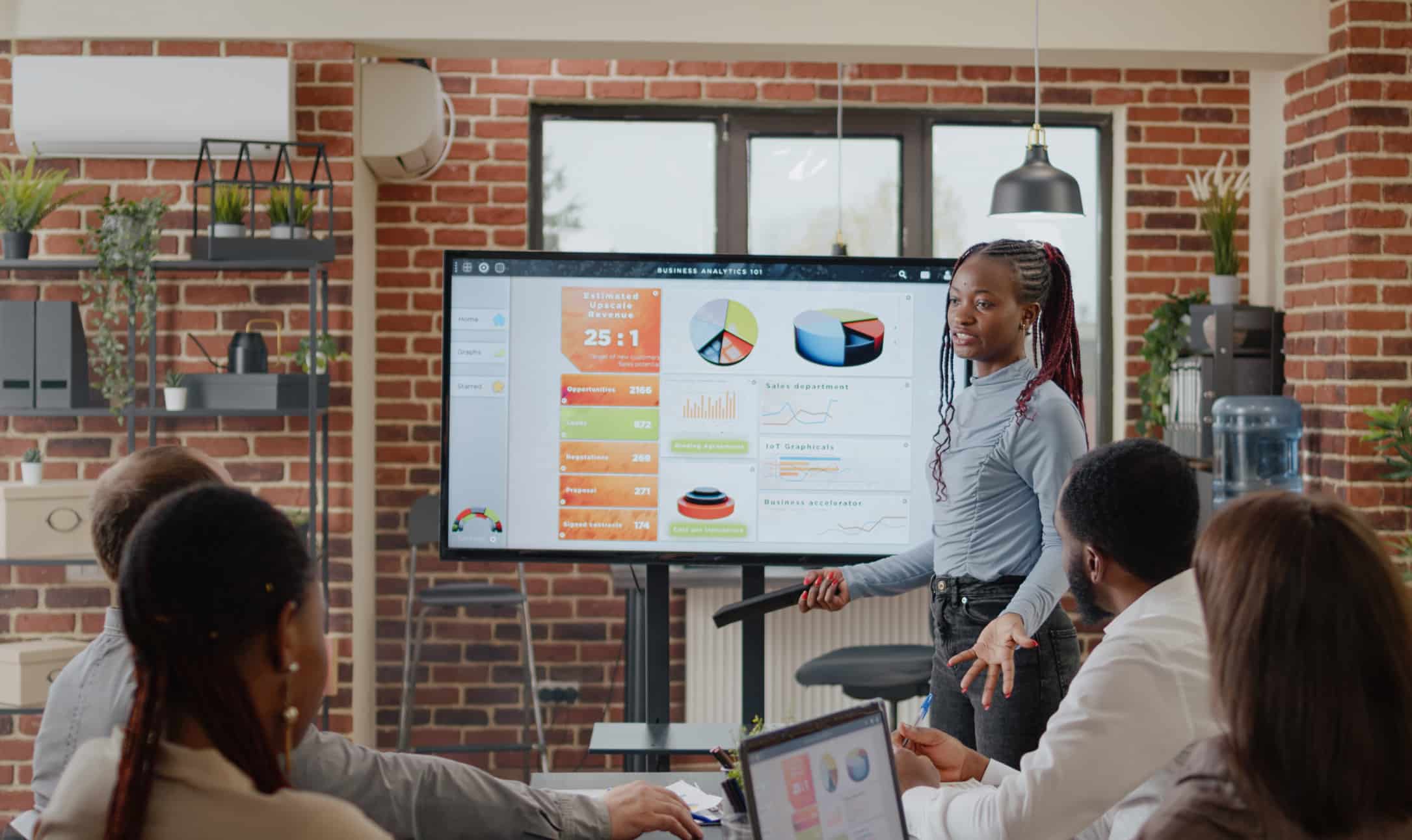Did you know that, while they are satisfied with their positions, 58% of millennials say they want to change jobs in the next two years? This number, given that millennials will soon be the majority group in the workforce, is striking. However, it begs the following question: How do we adapt to this new generation of workers and increase employee retention?
Good social benefits are crucial to employee retention. In a survey conducted by LinkedIn, 44% of participants responded that traditional benefits would be the most important factor driving them to stay with an employer for at least five years. More specifically, this involves health insurance, retirement plan, parental leave and vacation time.











